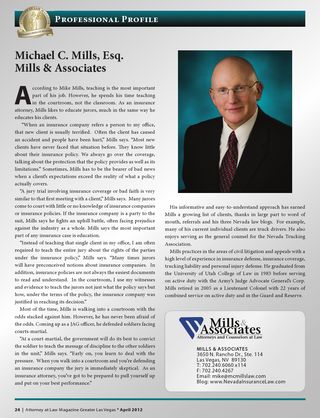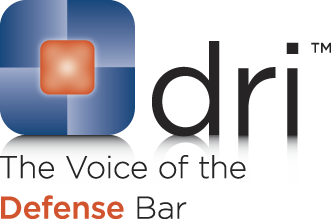 John Breen worked as a banquet chef at Caesars Palace. He was refueling a portable stove. It exploded causing him serious burns. He died two days later.
John Breen worked as a banquet chef at Caesars Palace. He was refueling a portable stove. It exploded causing him serious burns. He died two days later.
However, Mr. Breen’s family believed that he hadn’t died from the burns. Rather they felt that medical malpractice killed him. They sued the doctors who treated Mr. Breen before his death. The family recovered a $1,000,000 medical malpractice settlement.
Enter stage left . . . Mr. Breen’s employer . . . Caesars . . . with its hand out wanting a part of the medical malpractice settlement. In the case of Breen v. Caesars Palace, 102 Nev. 79, 715 P.2d 1070 (1986), the Nevada Supreme Court was asks to resolve the dispute between the family and Caesars, the self-insured worker’s compensation provider. Caesars said that it had paid Mr. Breen’s medical bills totaling $39,728.16 before his death. Caesar’s felt that it was entitled to full reimbursement. Caesar’s said that Nevada’s workers’ compensation statute, what is now NRS616C.215, gave it a subrogation lien against the medical malpractice settlement.
The family disagreed arguing that that just wasn’t right. They pointed out that Mr. Breen had died from medical malpractice and not from the burns. The family argued that Caesars should have no lien at all against the recovery.
The court was not persuaded by the family’s argument. First, the court said that medical malpractice is a foreseeable risk following injury caused by a tortfeasor. Negligent actors have always been on the hook for injuries arising from medical malpractice following injuries caused by their negligence. Second, the court reminded the family that Caesars had already paid the medical bills and that it was still on the hook to pay Mr. Breen’s pension to the family. In other words, if Caesars had no subrogation lien, the family would be getting a double recovery and the statute prohibits that. Finally, the court cited to the majority of other jurisdictions that had interpreted statutes similar to Nevada’s in a way that was consistent with Caesars’ argument.
The family still wasn’t satisfied. They argued that they shouldn’t have to pay Caesars Palace for the pre‑medical malpractice expenses out of the med‑mal settlement. The med‑mal clearly didn’t cause the first $4,860.34 in care, which were incurred before the malpractice. The court followed the California precedent of Heaton v. Kerlan, 166 P.2d 867, 861 (Cal. 1946). There, California said that “the employer’s lien is limited to the amount that he is required to pay because of the malpractice.” In other words, the family exempted $4,860.34 from the lien asserted by Caesars.
The family still felt cheated and rightly so said the court. It was the med‑mal attorney that had done all the work to get the $1,000,000 settlement. Caesars had done nothing to move the medical malpractice case along. The court agreed with the family that Caesars should not get a free ride on the coattails of the medical malpractice attorney’s work. The court devised a formula and ordered the district court to calculate how much in attorney’s fees Caesars would have to pay to the family. In fact, the court said that depending on the size of the lien, Caesars could end up paying the entire attorney’s fee.
But the family wasn’t done. It had one more argument to make. The family reminded the court that much of the med‑mal wrongful death settlement was made up of “non‑economic” damages such as pain and suffering. The family also pointed out that worker’s compensation does not pay benefits for non‑economic damages. Thus, Caesars’ subro lien should not apply to that portion of the settlement that was made up of non‑economic damages said the family.
In deciding the issue in favor of Caesars, the court looked to the language of the statute which is now NRS616C.215. The statute says that the lien applies to the injured worker’s “total recovery” from the third-party. The court said that the total recovery language was too plain to ignore. “Total recovery” means just what it says according to the court. As the Arizona Supreme Court decided, the “total recovery” language extended the subro lien even to the non‑economic portions of the plaintiff’s recovery. Hendry v. Industrial Cmm’n., 538 P.2d 382 (Ariz. 1975). In the end, the court’s Breen decision allowed Caesars to offset a great deal, if not all, of the future pension benefits that it would have otherwise had to pay to the Breen family.
If you have a question about how your workers’ compensation subro lien will affect the Nevada plaintiff’s potential recovery, call Mills and Associates and speak with Mike Mills at 702‑240‑6060 X 114.
 Follow
Follow Email
Email


